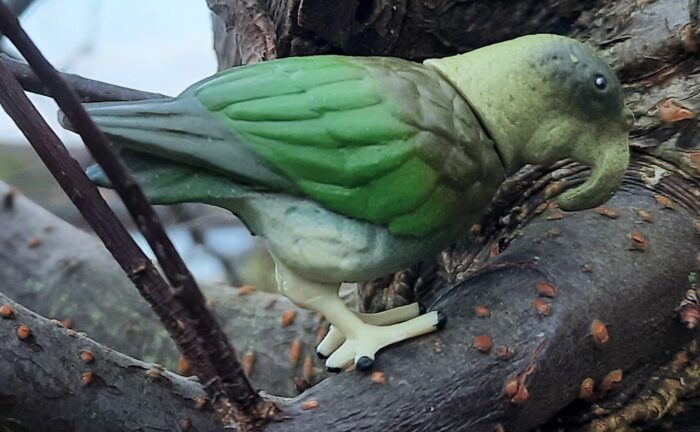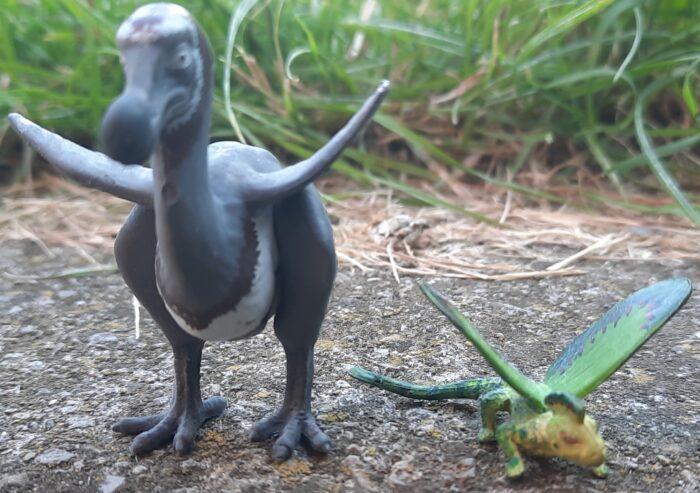Parrots are an amazing group of birds. Whilst most think of them as brightly coloured tropical birds that repeat phrases, they are actually some of the most intelligent animals on the planet, ranking high among birds, along with corvids. And yes, while parrots like the macaws are brightly coloured, many are primarily green, matching their environment.
Author: Sirenia
 I'm Daniel Waite (aka ‘Sirenia’ on the Animal Toy Blog/Forum and ‘Indohyus’ on the Dinosaur Toy Blog/Forum). Ever since I was young, I would love any chance to see animals. Whether it’s visiting Safari parks, zoos, farms or local parks, I would love seeing animals around, doing what they did. Though I skewed towards ancient species later on, I still kept my love for extant species alive. I’ve had many pets, including dogs (my greyhound River is in the photo), cats, ferrets, mice and goldfish. I liked collecting many animal figures over the years, often from my trips to zoos and safari parks, resulting in a vast menagerie of models. As a result, my reviews can come with a heavy feeling of nostalgia. Hope you enjoy!
I'm Daniel Waite (aka ‘Sirenia’ on the Animal Toy Blog/Forum and ‘Indohyus’ on the Dinosaur Toy Blog/Forum). Ever since I was young, I would love any chance to see animals. Whether it’s visiting Safari parks, zoos, farms or local parks, I would love seeing animals around, doing what they did. Though I skewed towards ancient species later on, I still kept my love for extant species alive. I’ve had many pets, including dogs (my greyhound River is in the photo), cats, ferrets, mice and goldfish. I liked collecting many animal figures over the years, often from my trips to zoos and safari parks, resulting in a vast menagerie of models. As a result, my reviews can come with a heavy feeling of nostalgia. Hope you enjoy!All reviews by this author
Jaguar, pair (Noah’s Pals by Caboodle! Toys LLC)

In the forests of South America, is an incredible and capable killer. With a camouflaged pelt, acute senses and a powerful bite that allows it to crush turtle carapaces and mammal skulls, it is famed for power and features in many myths and legends of the region. This animal is the Jaguar (Panthera onca), and despite the problems from hunting for it’s pelt, it is still among us across South America, though in many areas it’s numbers are incredibly low, hence why, in the Noah’s Pals line, it is part of the “vulnerable” line, limited to 20,000 pairs.
Caribbean Monk Seal (Yowies Forgotten friends Series A by Cadbury)
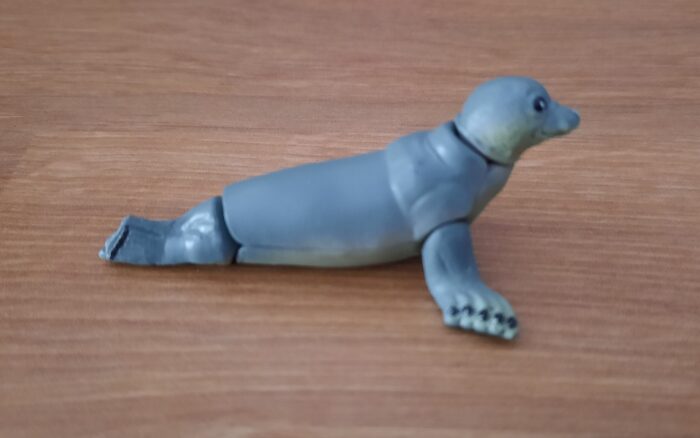
Human greed is a catastrophic thing for the world. It results in pollution and destruction of the environment, and the loss of many, many amazing creatures. One such example is the Caribbean Monk Seal, a docile creature that lived around the Caribbean islands. These animals were hunted by visitors to the island, often for their fur and oil.
Vampire Squid (MIU Deep Sea Odyssey 1 by Kaiyodo)

For this review, I deep dive for our October scary theme, and talk of blood sucking horrors, Vampires. In the deepest parts of the ocean, where even the sun fears to shine, live creatures of a frightening and ghoulish nature. One of these creatures floats silently through the waters, looking for prey to devour.
Giant Anteater (Wild Life America by Schleich)

The evolution and adaptation of one group can result in a burst of adaptation in other, completely different ones. Take the adaptation of eusocial insects, forming colonies, hives and the like. This is a largely Cenozoic adaptation, not well documented before the extinction of the dinosaurs. Forming together can help, but it can be the opportunity for a feeding frenzy for another.
Dromedary, pair (Noah’s Pals by Caboodle! Toys LLC)

Well, here we are. We have reached the end of Summer, and of the “Savanah Summer” series of reviews. Still, while it is still here, we can enjoy the summer sun with one last review. Heading to the north of Africa, we see masters of life in the sand and heat, the dromedary camel (Camelus dromedarius).
Fennec Fox (Wild life Africa by Schleich)
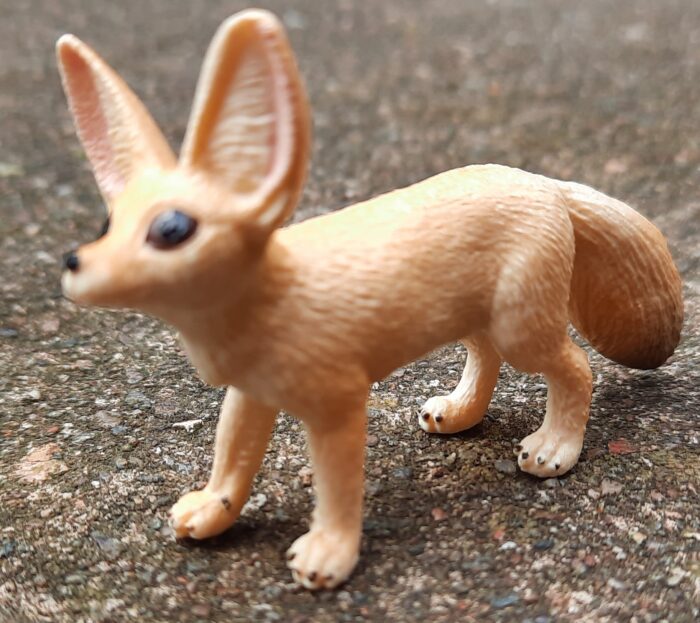
Back to the “Savanah Summer”, and heading to north Africa to see one of the carnivores of Africa. While most will think of the big cats when it comes to carnivorans in Africa, be it Lions and Cheetahs and Leopards, oh my (I know, it’s not as catchy, but roll with it!) but the dogs have their teeth in that part of the world.
Aardvark, pair (Noah’s Pals by Caboodle! Toys LLC)
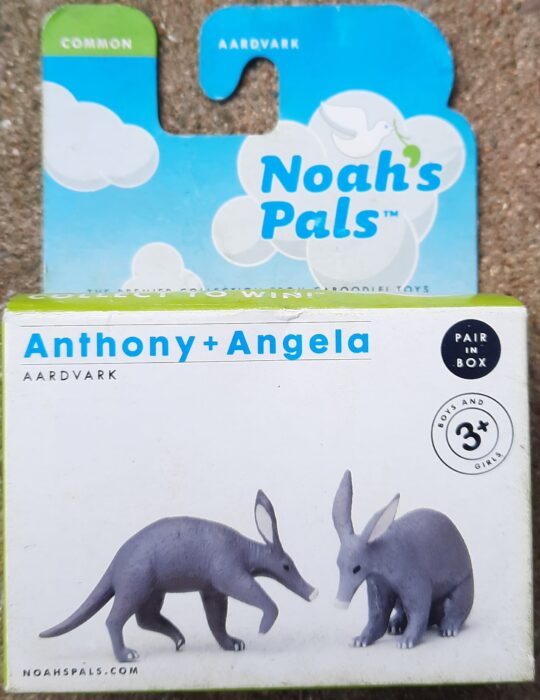
Time to head to central and southern Africa for this “Savanah Summer”, as we look into an intriguing omnivore. The aardvark (Orycteropus afer) is the last of the order Tubulidentata, it is a burrowing, nocturnal creature, feeding on ants, termites and the Aardvark cucumber, they are an amazing species, with it’s pig like nose for digging out insects.
Common Eland (Plastic Zoo Series by Britains)

Welcome back to another “Savanah Summer”!! Over the years, companies across the globe have produced many different species, from Starlux to Safari Ltd. One of the older lines to do this is Britains, a British company that have made all sorts, from toy soldiers to farm and zoo species. They produced some very interesting species, such as this one; the common eland (Taurotragus oryx), the second largest antelope in the world, second to only the Giant Eland.
White Rhinoceros, 1996 (Wild Safari Wildlife by Safari Ltd.)

Another ride out on the “Savanah Summer” and we cover a figure of the last of the Big Five African mammals for me to review, the Rhino. In this case, it is the largest of the rhinos, the White Rhino (Ceratotherium simum). There are two subspecies, the more common southern and the near extinct northern, now with only two individuals remain.
Dodo and Coelurosauravus (Primeval by Character Options)
Cape Buffalo (Wild Life Africa by Schleich)

Carrying on with the “Savannah Summer”, I realised that what I should do is cover the big five, five large and rare mammals in Africa. This was originally a term used for big game hunting, as they these five were the hardest to get, but is now used in safaris, being the best to go and see.

